If you sow seeds in June, you might just be putting down bird seed... but it's worth the risk if you love fresh summer salads
Our grow-your-own expert Mark Diacono suggests a string of ideas for what you can plant as summer kicks in.
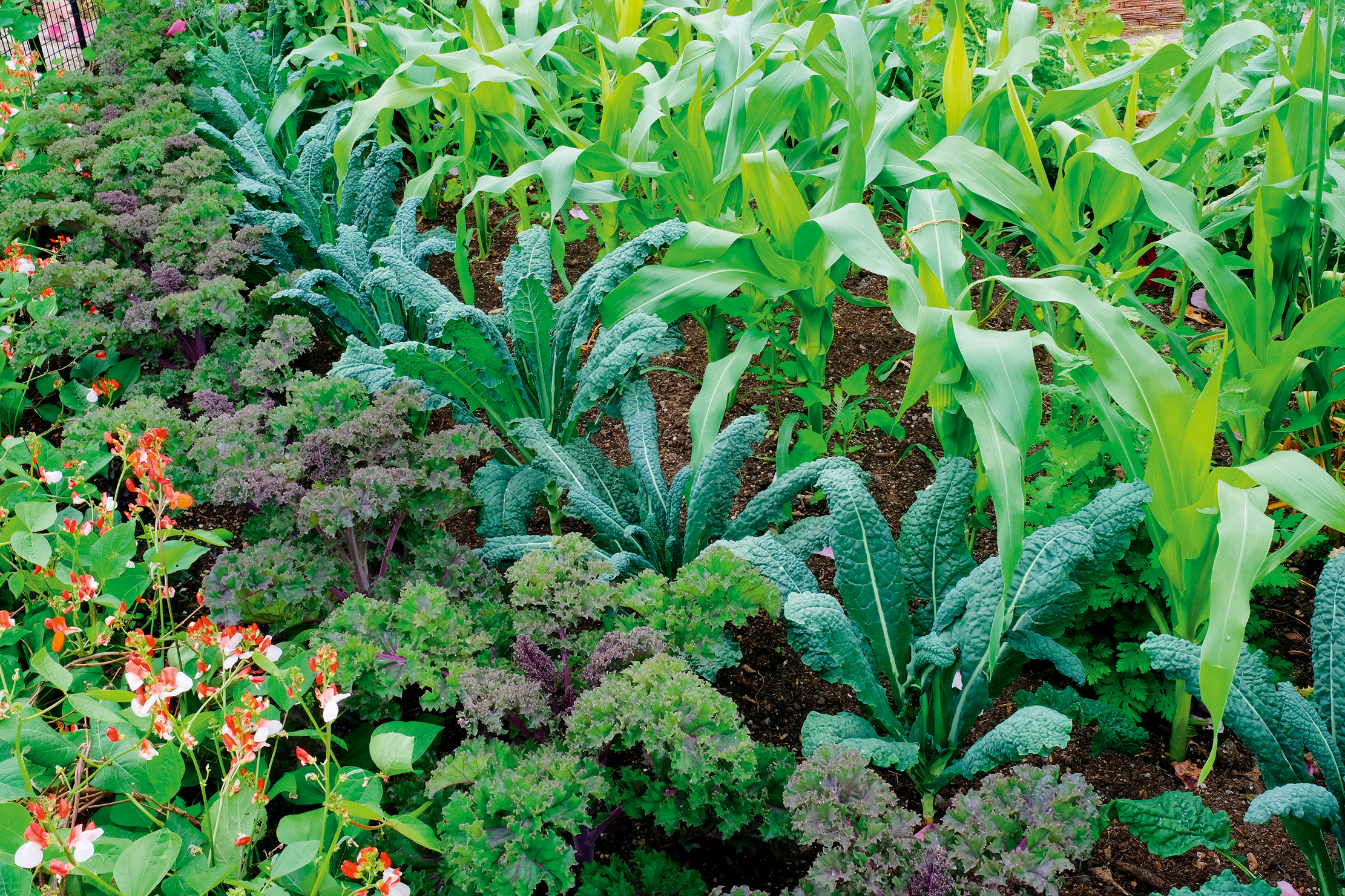

June can be a tricky month for the gardener. One year, it can be hotter than August, the next, full of rain or drying winds. However unreliable the weather may be, at some point in June, it is likely that early crops — broad beans, the first potatoes, radishes and salads, among them — will create considerable space for what’s to come. Happily, the air and soil temperatures tend to be reliably warm, making June an excellent time to sow direct, start crops in modules undercover and to plant out seedlings to fill newly available space.
My first priority is to ensure I keep up an ongoing supply of crops I want little and often. In early and late June, I sow batches of salad leaves, lettuces, beetroot, spring onions and radish, both direct and in modules. Sowing outdoors and in modules undercover on the same day provides a natural succession: those started undercover germinate and develop more quickly in the protection of the greenhouse than those sown outside and are ready to pick first. Although you might prioritise a sunny spot for the year’s first sowings of salads and lettuces, I’d suggest choosing shadier conditions now, to reduce the potential for bolting and the bitterness it brings to both the leaves and the gardener.
If you’re feeling optimistic, sow new batches of peas and beans direct in early June; if the weather is chilly or particularly wet, consider waiting a couple of weeks. There’s a chance with direct sowing that you’re merely putting down slug and bird food, but — for me at least — hope springs, although I hedge my bets by sowing into a few root trainers undercover as insurance; should those direct sown flourish, too, another natural succession will have been created.
In theory, sweetcorn and cucurbits, such as courgettes, marrows, cucumbers and squash, can be sown outdoors during the first half of the month, but these are high-value crops that need time and plenty of sun to mature. I prefer starting them in small pots undercover, where the extra warmth and reduced likelihood of pests will get them to a reasonable size quickly, ready for a longer season when planted out.
"Leave as little bare soil as you can. Weeds germinate readily and grow hurriedly in June"
Florence fennel — one of my favourites — can be sown direct or started undercover in June. Their window for sowing is early May to mid July, maturing four months or so later, and, although I sow fortnightly, monthly is fine, unless you are as much of a fennel fanatic as I am.
Turnips, late-sprouting broccoli and calabrese can be sown now for harvesting in autumn. In the first week or so of June, I sow a few varieties of kale — cavolo nero and ‘Red Russian’ among them — that, together with chard sown at the same time, give me repeated harvests through autumn and winter. It’s a little late to risk sowing most other brassicas, but, if you forgot to start any off or yours have fallen victim to pests, you may get lucky sourcing seedlings from online suppliers. If you started winter brassicas earlier in the year, they should be ready to plant out in June — together with chillis and sweet peppers, celeriac and celery — once the danger of frosts has passed.
Although June is a little late for most roots, you can most certainly make a late direct sowing of carrots, either to pick small and sweet or to allow to grow and mature into the cold months.
Sign up for the Country Life Newsletter
Exquisite houses, the beauty of Nature, and how to get the most from your life, straight to your inbox.
Leave as little bare soil as you can. Weeds germinate readily and grow hurriedly in June; warm days make for much evaporation from bare soil. So much weeding and watering can be avoided by infilling with seedlings and direct sowings. I grow nasturtiums between larger plants, such as brassicas and sweetcorn, partly as a sacrificial plant to attract cabbage whites from the neighbouring brassicas, partly as I enjoy eating nasturtiums’ young leaves and flowers and primarily to mulch out weeds and retain water. Where space is available between plants in rows, I sow quick-to-harvest crops, such as spring onions, oriental leaves and radishes, that I can harvest to free up space for the main crops to mature into.
Remember that the seed-packet instructions are only a guide: take your lead from the conditions and try to be patient if it feels like March. If you are impatient, as I am, take advantage of rainy days to sow undercover and wait for a sunny spell to direct sow.
In all this focus on sowing, don’t forget to care for those plants already underway. Beans and peas — and broad beans in windy spots — are likely to need canes for support, maincrop and late varieties of potato will need more earthing up, chillis and tomatoes are among those that need a fortnightly feed and it’s time to resist the temptation to harvest any more asparagus.
Mark Diacono grows edibles, both usual and unusual, at Otter Farm in Devon — see www.otterfarm.co.uk. His new book, Vegetables: Easy and Inventive Vegetarian Suppers (Quadrille, £27), is out in June 2024.
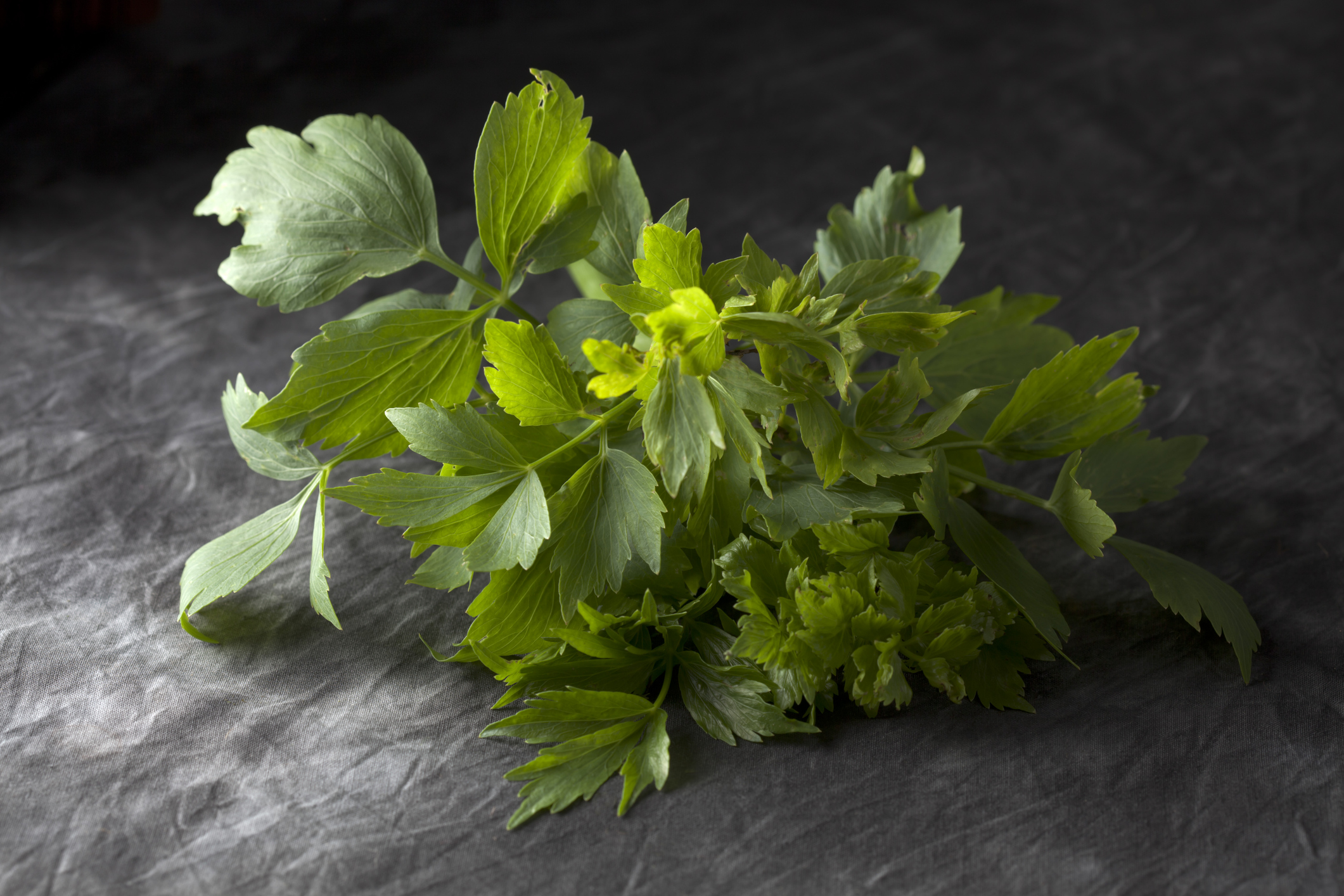
How to grow lovage — and the reasons why you'd want to bother
Our grow-your-own expert Mark Diacono takes a look at the lovely uses for lovage.
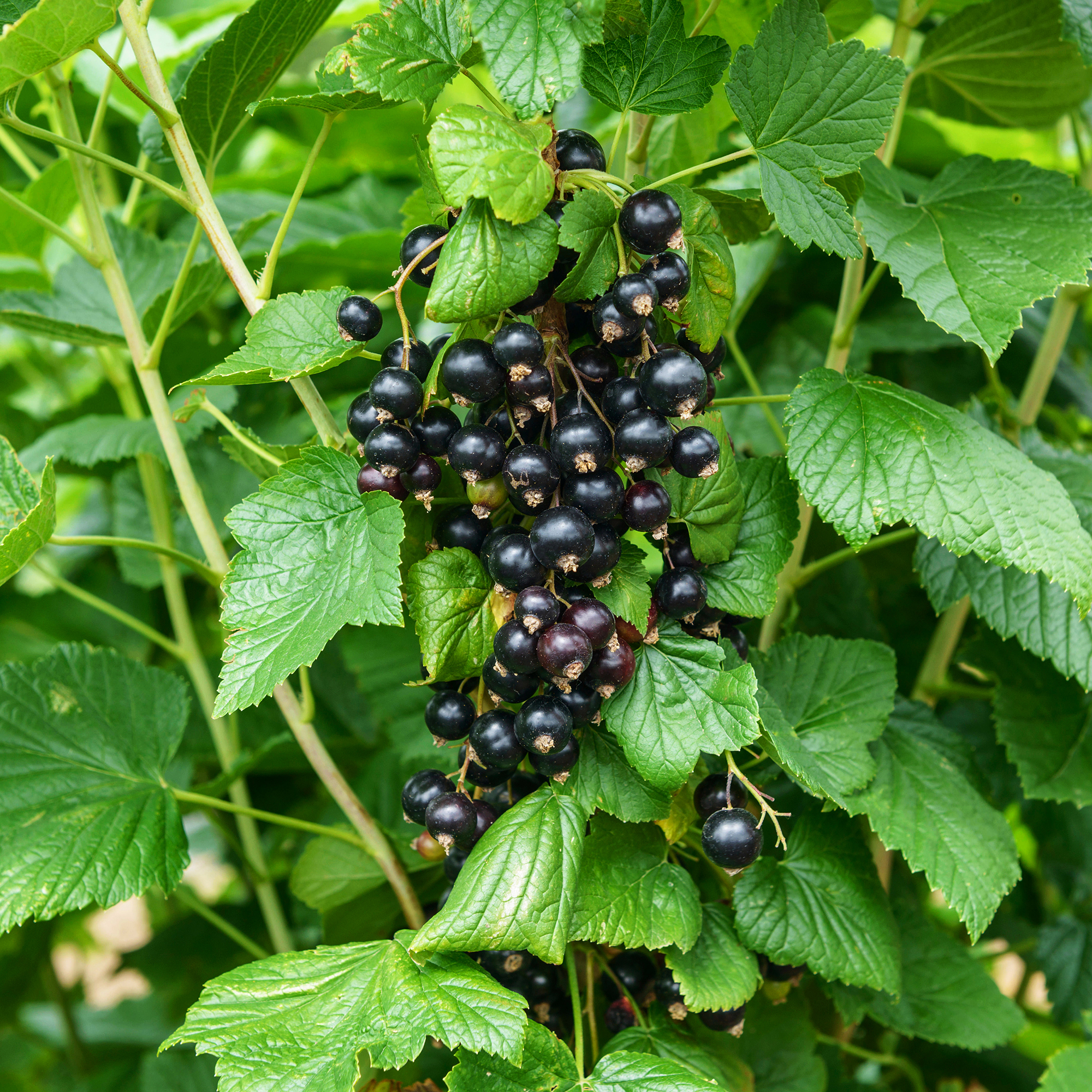
Blackcurrants: Easy to grow, endlessly versatile, and why home-grown is way better than you'll find in the shops
Mark Diacono makes a case for blackcurrants being one of the best — and simplest — fruits to grow in
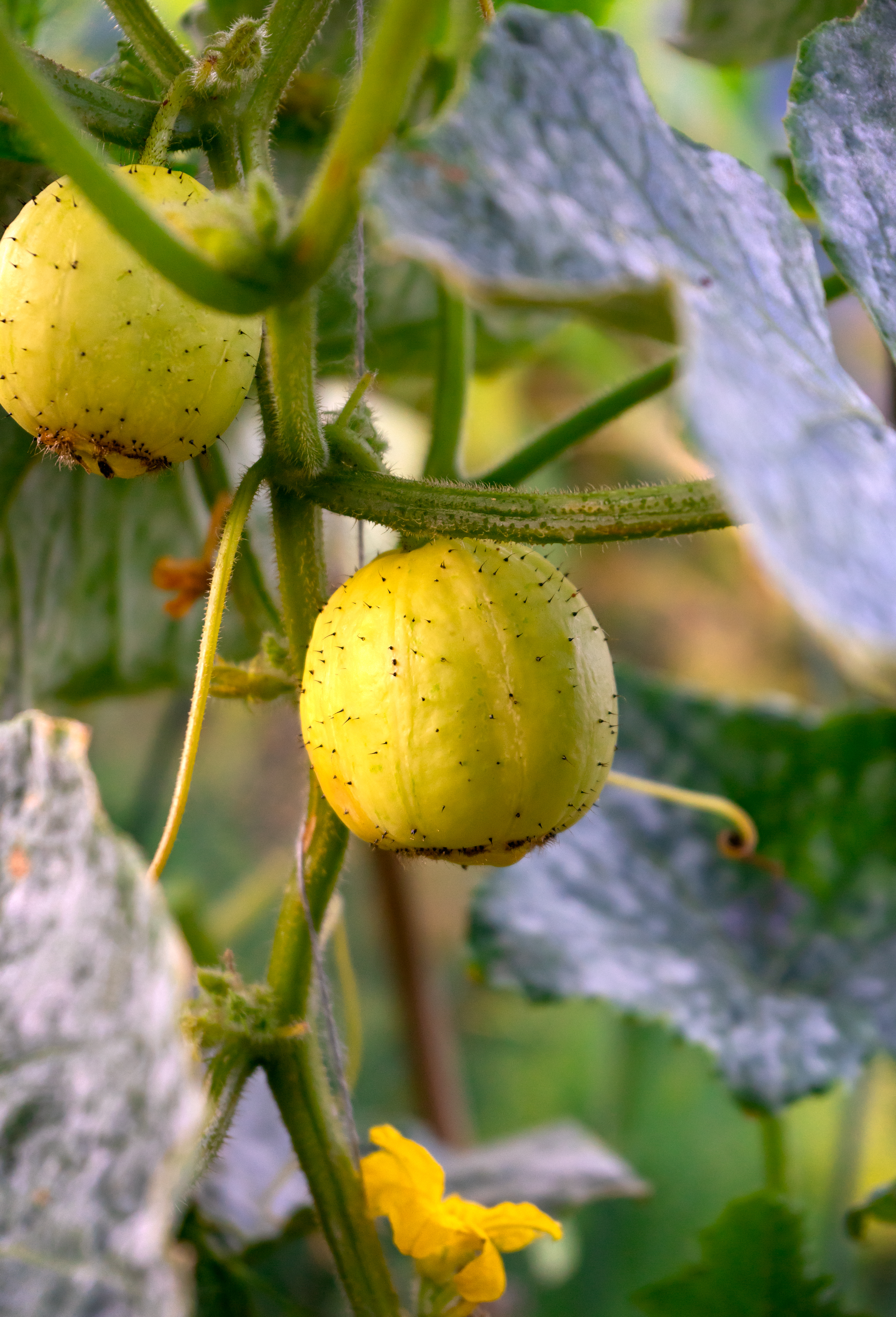
Everything you need to know to grow your own cucumbers
Food writer Mark Diacono shares his tips on how to grow cucumbers and three of his favourite varieties to try.
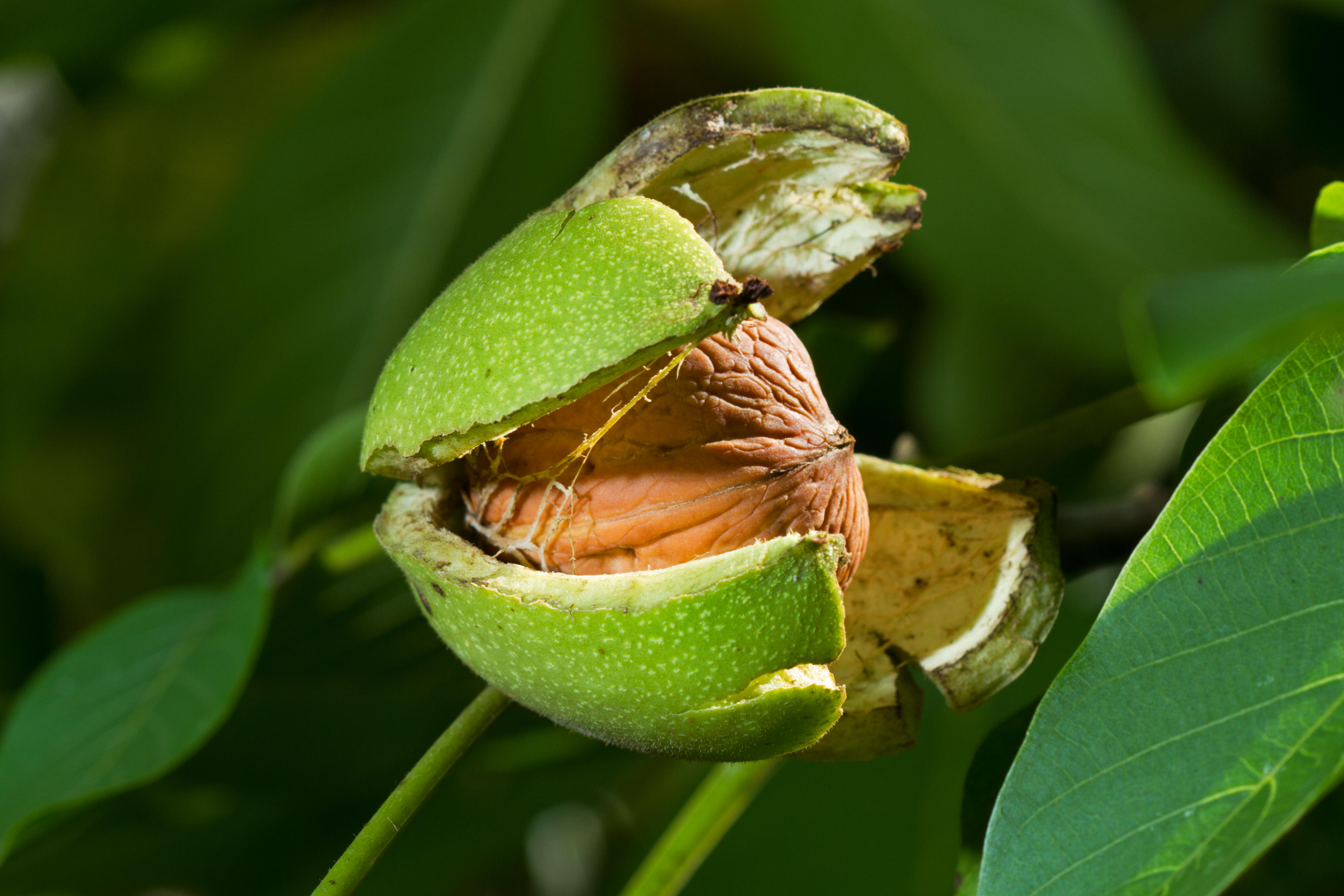
How (and why) to grow walnuts in your garden
From making a delicious aperitif to enjoying the citrusy scent of their leaves, there are plenty of reasons to plant
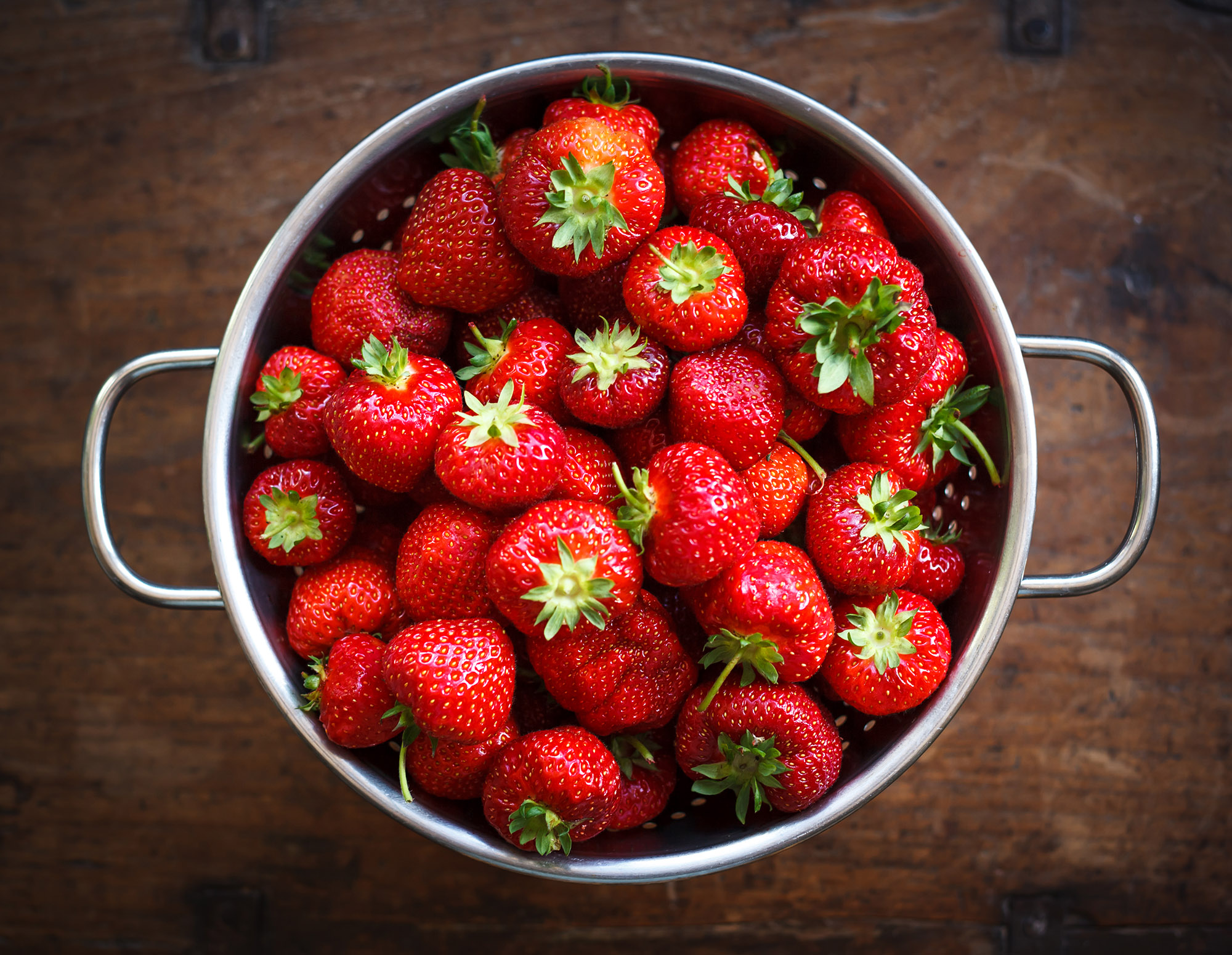
Best strawberries to grow at home, and how to make sure they keep producing fruit all summer
Expert fruit farmer Mark Diacono chooses the best strawberries, picking out varieties which will keep you in fresh strawberries all
Mark is lucky enough to spend most of his time eating, growing, writing and talking about food. He has written fourteen award-winning books, including A Year at Otter Farm and A Taste of the Unexpected (both won Food Book of the Year, and Garden Book of the Year). Known for growing everything from Szechuan pepper to pecans to Asian pears, Mark's refreshing approach to growing and eating has done much to inspire a new generation to grow some of what they eat. He was involved in the early days of River Cottage, appearing in the TV series, and writing four River Cottage books. Mark writes to a global audience on his best-selling Substack: Mark Diacono’s Abundance.

